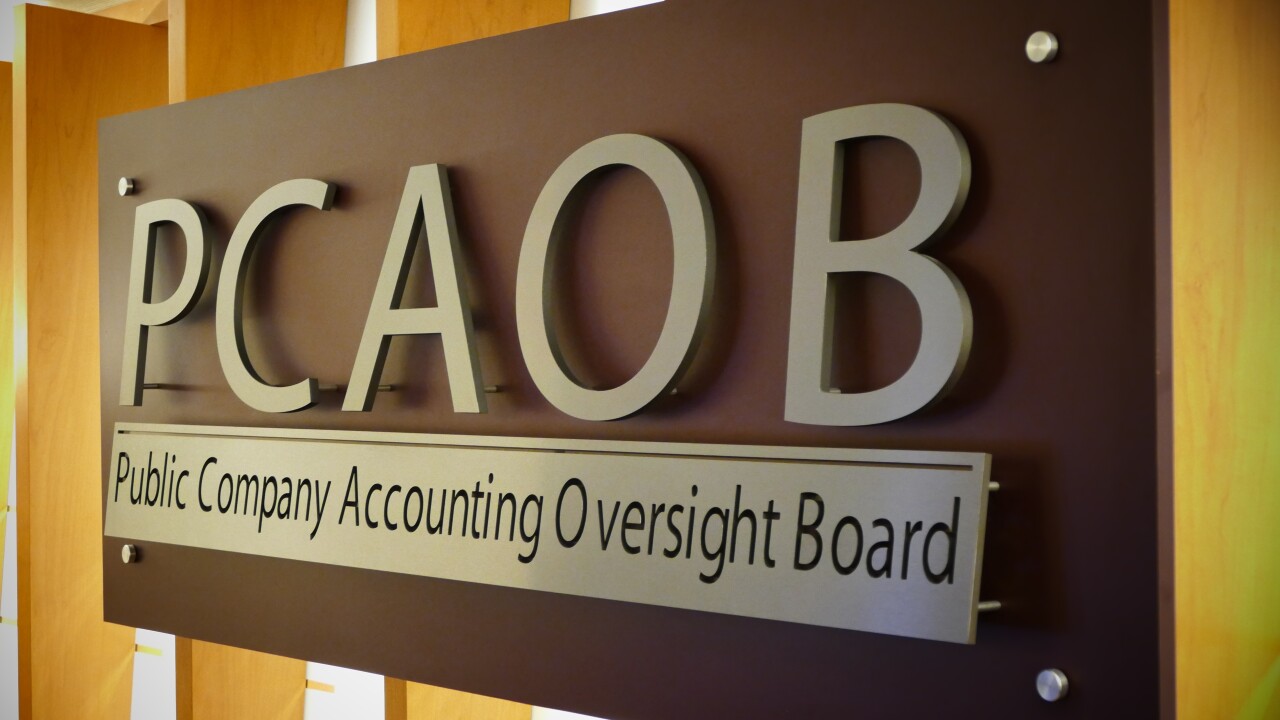Accounting firms today are increasingly striving to redefine their office spaces in an effort to reap the benefits of the “workplace of the future.” These benefits include attracting and retaining quality talent, fostering a more collaborative work environment, providing better client and partner service, and accessing the latest technologies. However, accounting firms are recognizing that the process is more complex than they had imagined. Following is some insight and methodology that has proven to help accounting firms of all sizes navigate the complexities of aligning their office spaces with their business goals.
Without a doubt, the right office space can significantly improve productivity, collaboration, cross-selling and cohesion, and enhance an accounting firm’s ability to attract and retain quality talent, particularly Millennials. The office space also is an important part of the firm’s brand experience. Internal and external stakeholders will be influenced by the look, feel and utility of the space.
Our experience working with accounting firms and the latest studies on workplace design confirm that the profession is adopting innovative space plans incorporating lots of natural light and open space, office layouts that foster collaboration, and innovative workspace configurations to accommodate diverse work processes and projects. In addition, accounting firms are incorporating high-tech amenities in individual workspaces, such as media walls in professionals’ offices, as well as in common areas, such as high-tech conference facilities to connect employees with clients and partners across the globe.

At the same time, firms are encountering key challenges adopting the workplace of the future, including: internal issues building consensus, understanding their own needs, and identifying the right design to support their business objectives. The conflicts can be more significant for larger accounting firms with multiple generations represented within their leadership and often conflicting visions for the office styles that best align to their missions.
To a large extent, these conflicts stem from the fact that accounting firms historically have embraced more traditional décor and have kept executives working behind the closed doors of large offices. Meanwhile, today’s new generation of accounting professionals is interested in more modern-looking environments with open, collaborative office layouts and the flexibility to work remotely.
The accounting firms that are successfully navigating these internal conflicts and securing appropriately designed office spaces are enjoying significant benefits. How are they achieving this? Among other things, they are taking their office moves more seriously. Rather than merely hiring commercial real estate advisors based on personal relationships, they are hiring them based on criteria including accounting industry experience, local market insight, and a proven methodology to guide them through the process. They are working closely with these advisors to conduct thorough qualitative and quantitative analyses, build internal consensus and follow a proven methodology to create dynamic office environments that support their unique needs.
We have found it helpful for accounting firms to focus on a base set of criteria from the outset, including:
1. Brand identity and strategic business goals. This should be a key driver as firms evaluate their options. The exercise will facilitate internal dialogue on who they are and who they wish to become. Some key questions to consider: What type of talent does the firm want to attract and retain? Is the firm interested in attracting a younger generation of Millennials who are motivated by collaboration and flexibility? Does the firm wish to be known as traditional and conservative or as innovative and forward-thinking? What types of clients and partners are being targeted?
2. Financial goals. It is critical to consider budget – specifically, the current amount being spent on the space -- and compare it with the desired amount. Do not assume that bigger offices will necessarily cost more. On the contrary, by implementing an efficient workplace design, firms can often reduce their footprint and maintain ample room for growth while increasing productivity. Ultimately, the key is to get the space right by working with experts who can identify find creative, customized solutions.
3. Company culture. How does the firm want its team members, clients and partners to experience the office? How does it want people to feel when they arrive and depart? What is the first impression it wants clients and partners to experience when they arrive? Does it want a high-end corporate reception area that “wows” and impresses visitors upfront, or does it prefer a warm, welcoming area that makes visitors feel comfortable and at home? How would elements like more natural light and communal areas impact office dynamics?
Within the office, does the firm want to foster more cross-selling between divisions and provide access to the latest technologies? Would clients, partners and other stakeholders appreciate access to state-of-the-art conference rooms where they can conduct virtual meetings with people anywhere in the world?
Increasingly, we are seeing accounting firms focused on establishing cultures that promote collaboration, as well as adopting shared workspace concepts where executives and staff members can come together, have meaningful conversations, and create the deep collaboration that occurs in spaces that truly enable people to connect face-to-face. This higher level of collaboration and communication is proving to enable accounting professionals to better serve their clients and boost employee satisfaction. It also serves as an effective tool for recruiting and retaining the right talent, especially Millennials.
4. The decision-makers. The key to achieving the optimum office space is to gain consensus early in the process and to identify an appropriate group of decision makers who will be responsible for identifying the right space for the firm. In our experience, we have found smaller groups to be nimbler and more effective than boards with too many team members with conflicting viewpoints. In some cases, it may also make sense to work with a designated office selection committee to develop a narrow list of potential office properties to present to the company’s management to consider.
5. The advisors. The complex process of finding the right office space can be a daunting task for accounting firms to undertake on their own, so it is crucial to identify the right advisors to provide guidance and representation. It is wise to identify commercial real estate advisors who have successfully advised accounting firms and have a track record for securing the optimal real estate solutions for these clients. When selected, the advisors should conduct comprehensive assessments, including thorough financial analyses and forecasting, to fully understand the current situation and identify viable solutions that align with future business goals. They should help guide key decision-makers through brainstorming sessions that will help define the firm’s immediate needs as well as looking ahead five, 10 and 20 years. This analysis will ultimately help the firm define and establish the office space priorities.
When these steps have been completed, it is important to address the office search in phases:
Phase One: The firm’s leadership team should establish and reach consensus on vision, space criteria, timeline, and a recommended strategy. In the first phase of the process, it will be critical to ensure that the firm gets the space right. Toward that end, it may be advisable to issue a request for proposals to identify an appropriate architectural firm to conduct an occupancy analysis and confirm the optimal space programmatic needs. This will help identify which industry best practices to incorporate and the best ways to design and utilize the space. At this stage, it is critical to have meaningful internal discussions with key executive team members to confirm the ideal design and utilization plan for the offices.
Phase Two: The firm should develop a scorecard that establishes a basis for informing decision-making process and making the best selections. This scorecard should consider an array of key factors including geographic location, parking, on-site amenities, tenant services, walkability, and access to public transit.
At this stage, it is important for the firm to engage the market with its established office requirements. Touring its top options and developing a short list of candidates will give the firm greater leverage for its future tenancy. This also will drive a productive dialogue with the current landlords and owners of prospective new locations. It also will ensure the firm is well-positioned to secure the most favorable outcomes and seize immediate opportunities as they present themselves.
Phase 3: When the team has reached consensus on the top two or three options, the firm’s advisors should negotiate terms based on the criteria and benchmarks established in phases one and two. Then, the advisors should help the firm complete a lease or renewal amendment and remain engaged with the firm through the entire process, from the renovations to the occupancy of the space.
Indeed, transitioning to “the workplace of the future” is an exciting moment that can be positively transformative for accounting firms. To ensure a firm can capitalize on this important shift, it is important follow proven best practices and methodologies to ensure the best-possible results. Accounting firms that do this can gain a significant competitive advantage and better position themselves for continued success.





